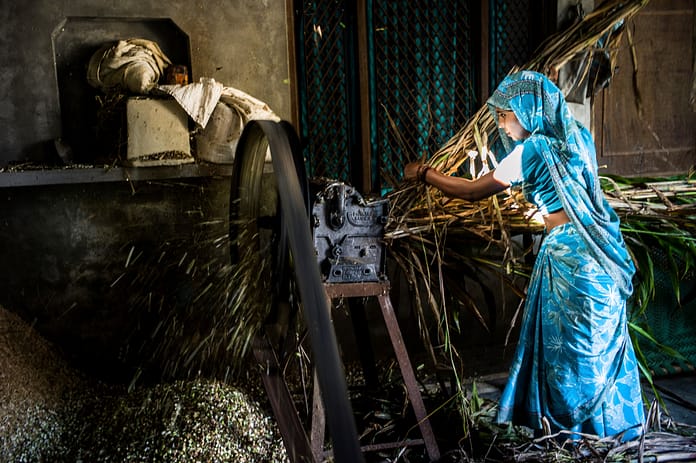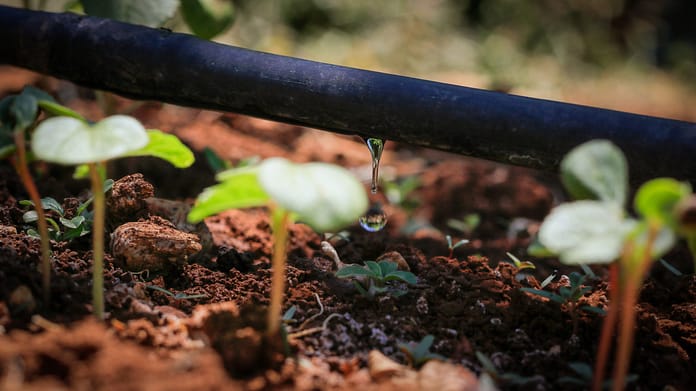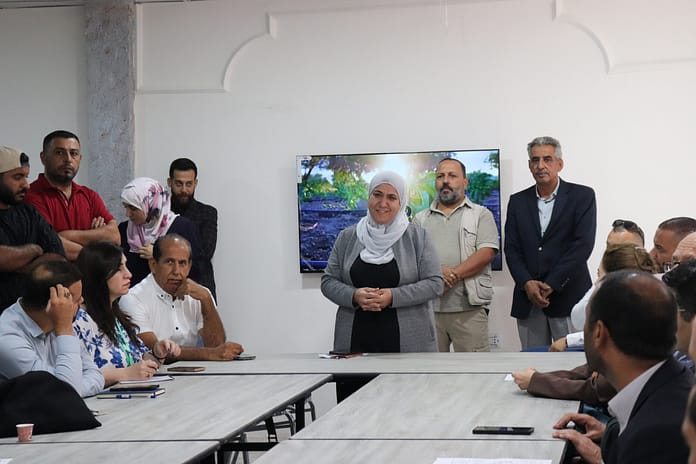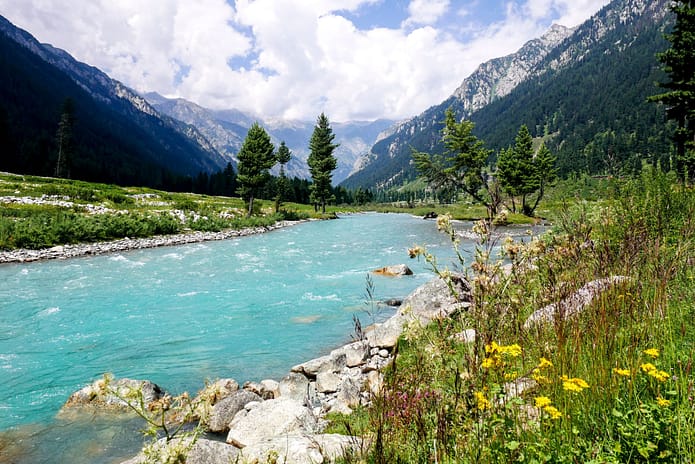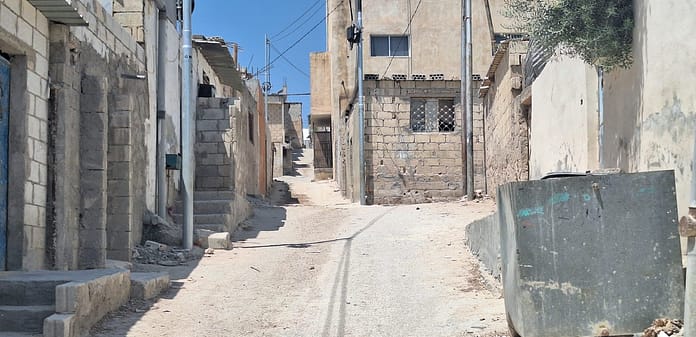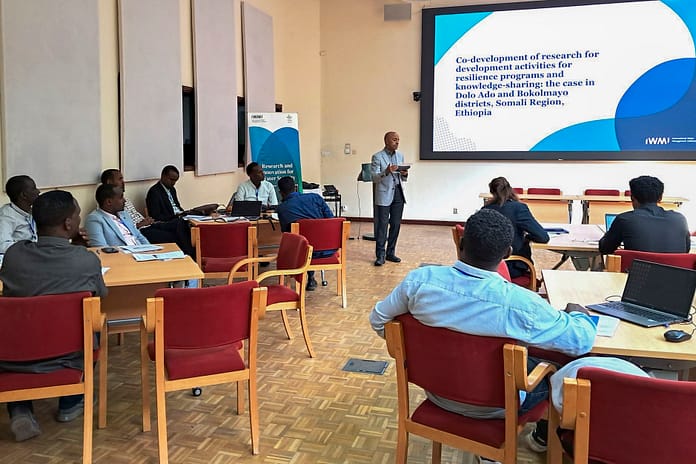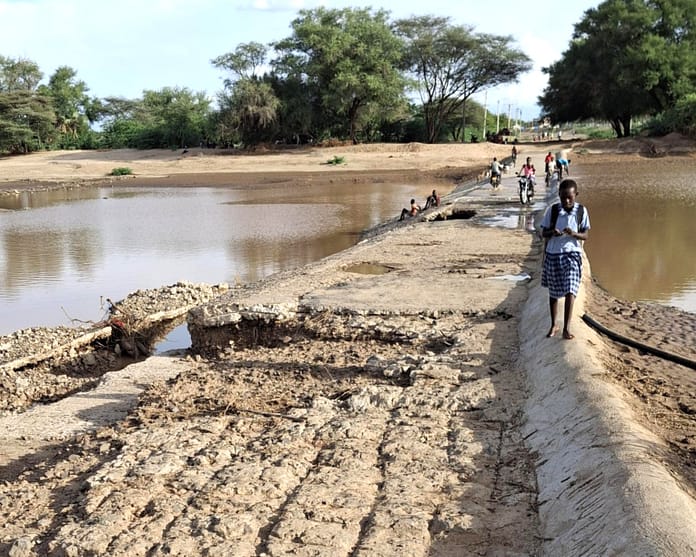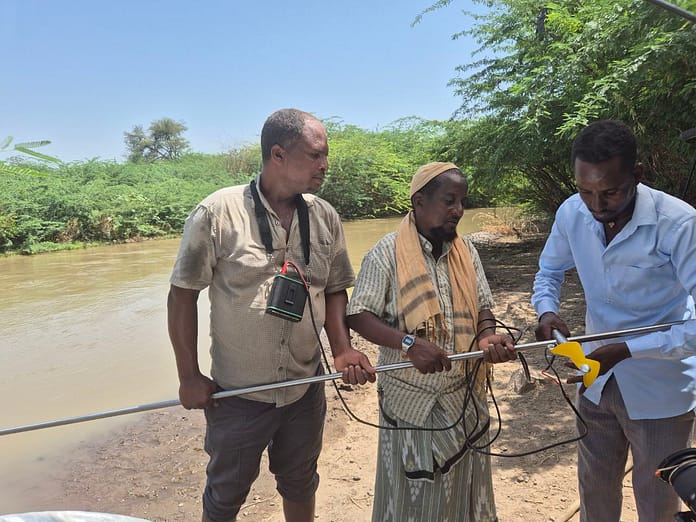
The cinematic desert chaos in Lawrence of Arabia evokes images of dark, rumbling clouds stretching as far as the eye can see, rapidly swallowing cities, choking airways and veiling the sun. Yet, these pale in comparison to the real-world sand and dust storms that routinely sweep through Southern Iraq and continue into Kuwait and across the Arab Peninsula.
Sand and dust storms are natural hazards that severely disrupt economies, devastate ecosystems, and threaten human health and livelihoods. While they play a vital role in the Earth’s natural biogeochemical cycles, transporting nutrients that support terrestrial and marine ecosystems, they have increasingly become a global threat. Human activities are making matters worse, particularly poor land and water management, which are responsible for 25% of the issue, threatening 11 of the 17 Sustainable Development Goals (SDGs).
Once the heart of Mesopotamia’s fertile crescent, Southern Iraq is now at the epicenter of an escalating sand and dust storm crisis, experiencing over 270 dusty days annually, with forecasts exceeding 300 dusty days per year within the next decade.
Iraq’s geography channels powerful winds, from the persistent northwest “Shamal” in June and July to the fierce southern “Sharqi” from April to June and from September to November, sweeping across dry riverbeds and parched lands. Once sustained by the Tigris and Euphrates rivers, the region now suffers from reduced surface flows, degraded lands, shrinking wetlands and advancing desertification, driven by upstream diversions, poor land and water governance, and climate-induced aridity, creating ideal conditions for sand and dust storms.
In response, Iraq has developed policies to combat sand and dust storms, including a dedicated program within its National Strategy for Protecting the Environment (2024–2030). Measures focus on sustainable water use, ecosystem restoration and desertification control. Iraq also aims to rehabilitate 150,000 hectares of degraded land by 2035 under its Land Degradation Neutrality Target Setting Program, supported by Paris Agreement commitments. Additionally, over five million trees have been planted under the ‘Green Future for Iraq’ campaign, led by the United Nations collective and the Iraqi government. However, fragmented governance, limited climate finance, weak enforcement and siloed implementation continue to challenge scaling these efforts.
A commitment to collective action
The global community, through the United Nations Convention to Combat Desertification (UNCCD), underscores the need for collective action to combat sand and dust storms. In commemorating July 12 as the International Day of Combating Sand and Dust Storms the UNCCD reinforces the urgency to act and foster international cooperation.
Last year, IWMI played a central role at the Consultation on Sand and Dust Storm Modelling and Impact Mitigation, held in Kuwait in October 2024, as we convened technical sessions to capture nature-based solution priorities and policy pathways. Co-hosted by the UK Foreign, Commonwealth and Development Office (FCDO) and the Kuwait Fund for Arab Economic Development (KFAED), the consultation brought together regional and international experts to advance science-driven, collaborative responses. During this event, UK Ambassador to Kuwait Belinda Lewis stressed that addressing the challenge of climate change “requires a coordinated global response.” Stakeholders agreed to prioritize conservation agriculture for salinity and water scarcity management as the top nature-based solution, selecting sand and dust storm hotspots near Nasiriyah as the preferred pilot site.

This growing international and regional momentum laid the foundation for the Wiqaya project. Wiqaya, meaning “prevention” in Arabic, is spearheaded by IWMI with FCDO support and co-designed with the Government of Iraq and a broad range of stakeholders. Wiqaya offers proactive and sustainable solutions to mitigate sand and dust storms in Iraq and the Gulf region.
The project will pilot resilient nature-based water solutions such as afforestation, sand berms, organic mulching, mud-covering, windbreaks, straw checkerboards and biological fixation to stabilize soils, reduce wind erosion, and mitigate sand and dust storm formation at their source.
Wiqaya also works alongside other regional projects, such as the KFAED-funded UN-Habitat project on transboundary sand and dust storm resilience in Kuwait and Southern Iraq. It reflects the joint commitment of the UK, Iraqi and Kuwaiti governments to climate resilience and stability in post-conflict and fragile settings.
Wiqaya is integrated into FCDO’s regional PHENOMENAL program and IWMI’s broader regional initiatives Al Murunah, Al Murunah+ and Jahez, which collectively advance nature-based solutions for climate resilience in Egypt, Jordan, Lebanon and the Occupied Palestinian Territories (OPT). Together, they represent a coordinated regional approach, rather than isolated, stand-alone efforts. Wiqaya also aligns with regional frameworks like Saudi Arabia’s Middle East Green Initiative and Kuwait’s National Adaptation Plan, which work towards strengthening cross-border cooperation and scalability.
Harnessing technical precision and de-risking climate finance
A key output of Wiqaya will be the development of a simulation model that will help compare inaction (the status quo) with the alternative: scaled implementation of resilient nature-based water solutions. This allows researchers to assess and present priority interventions under different climate scenarios and build an evidence base to inform decision-making on climate finance for scaling sand and dust storm mitigation and climate adaptation measures.
By harnessing existing data through partnerships, Wiqaya aims to maximize impact with smarter, evidence-based investment planning for scalable action.
On this International Day of Combating Sand and Dust Storms, and as we begin the United Nations Decade (2025-2034) dedicated to tackling them, we call on stakeholders to join forces, mobilize partnerships and harness technology to inform investment decisions that de-risk and unlock climate finance for scaling nature-based solutions.





